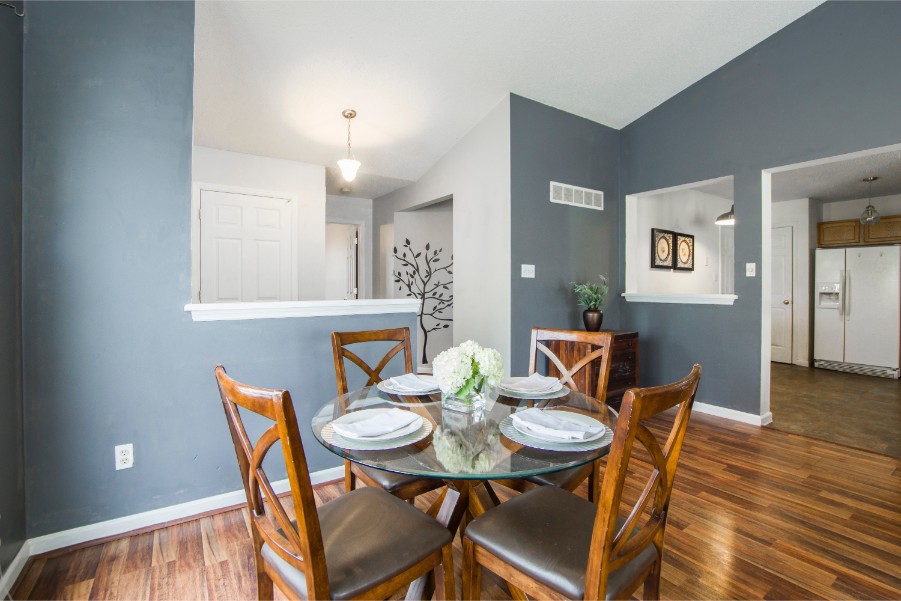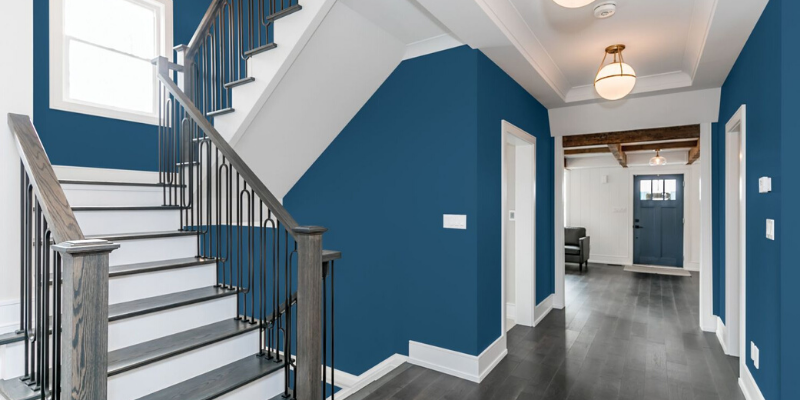Reliable Lakewood Interior Painting Services for Long-Lasting Results
Reliable Lakewood Interior Painting Services for Long-Lasting Results
Blog Article
Enhance Your Interior Decoration With Comprehensive Color Assessment
The assimilation of shade examination right into interior decoration offers an one-of-a-kind possibility to fine-tune and raise the aesthetic and psychological resonance of a room. By engaging with a skilled shade consultant, you can browse the intricacies of color choice, guaranteeing that your options not just complement building features yet also resonate with individual style and emotional influence. This strategic partnership can dramatically influence the overall ambience of your atmosphere, fostering a feeling of harmony and function. Comprehending the subtleties of this procedure is vital-- what vital aspects should be taken into consideration to accomplish optimal results?
Advantages of Shade Consultation

Additionally, color examination help in optimizing natural light and optimizing spatial assumption. Lighter shades can make a room appear even more expansive, while darker shades create an intimate setup. Cleveland Metro Painting Specialists. This calculated application of shade can considerably affect the total atmosphere of any kind of interior space
In addition, specialist consultants have a detailed understanding of ageless classics and current patterns, making certain that the picked shades will certainly remain appealing over time. This foresight can conserve customers from pricey redesigns in the future. Lastly, shade assessment encourages clients by giving them with a clear vision and direction, fostering confidence in their layout options and eventually resulting in a much more satisfying and effective interior decoration result.
Understanding Color Psychology
The significance of shade psychology in interior decoration can not be overemphasized, as it explores the psychological and psychological effects that numerous colors can evoke in individuals. Shades can influence state of mind, actions, and even productivity, making them an essential consideration in any kind of design task.
For example, cozy colors such as red, orange, and yellow are often connected with energy and warmth. They can promote sensations of excitement and comfort, making them suitable for social rooms like living spaces or cooking areas. On the other hand, amazing shades like blue, eco-friendly, and purple have a tendency to evoke peace and harmony, making them suitable for rooms or reflection areas.
Additionally, making use of neutral tones can create a balanced environment by enabling the bolder colors to stand out without frustrating the senses. Comprehending these emotional influences allows developers to develop areas that not just look cosmetically pleasing yet also promote psychological health.
Integrating shade psychology right into interior style involves a thoughtful option of tones tailored to the intended function of each room, eventually improving the general experience for its owners. This understanding is important for attaining a unified and useful indoor atmosphere.
The Color Wheel Clarified
Recognizing the connections in between colors is important for efficient indoor style, and the color wheel acts as an important tool in this process. The color wheel, established by Isaac Newton in the 17th century, shows the spectrum of colors arranged in a round format. It comprises key colors-- red, blue, and yellow-- that can not be created by mixing various other shades. Second colors, developed by combining primaries, include environment-friendly, orange, and purple. Tertiary colors result from mixing a main and an additional color, leading to tones such as blue and red-orange.
The shade wheel aids designers grasp the partnerships between shades, including corresponding, analogous, and triadic plans. Corresponding colors, located contrary each various check my blog other on the wheel, create vibrant contrasts that can stimulate a space. Similar shades, situated next to each other, offer a cohesive and harmonious appearance. Triadic schemes utilize 3 evenly spaced colors, using balance and visual passion.
Utilizing the shade wheel in interior style not just enhances visual charm however also evokes particular emotions and environments, making it an essential reference for color examination. Comprehending these relationships inevitably encourages developers to create areas that are both useful and aesthetically captivating.
Picking the Right Palette
Frequently, selecting the best palette is a crucial variable in accomplishing an effective interior decoration project. An appropriate color pattern can merge an area, improve its features, and evoke wanted emotions. To begin, take into consideration the purpose of the space. Various rooms serve different features and need combinations that reflect their intended usage; for example, tranquil colors such as soft blues or environment-friendlies work well in bedrooms, promoting relaxation.
Next, think about the all-natural light offered. Light can dramatically modify exactly how shades appear, so it is important to examine the area at different times of the day. In addition, think about existing building components and furnishings. A harmonious scheme ought to match these functions, developing a natural appearance throughout the room.
When choosing shades, make use of the 60-30-10 policy, which recommends that 60% of the space must be a leading color, 30% a secondary shade, and 10% an accent shade. This ratio makes certain balance and aesthetic rate of interest (Cleveland Metro Painting Specialists). Lastly, example shades on the wall surfaces prior to committing, as this enables you to see just how the colors communicate with one an additional and the general ambiance they develop in your indoor layout project.
Collaborating With a Color Expert

When working with a color consultant, the process normally starts with a first consultation. Throughout this meeting, you'll review your vision, choices, and the existing aspects in your space. The consultant will certainly analyze your demands and might suggest details shade palettes that straighten with your goals.
After establishing a direction, the consultant will certainly offer samples and visual aids to help you envision the recommended color plans. This step is important, as colors can show up differently under differing illumination problems.
Furthermore, a color professional can guide you in choosing complementary furnishings, art work, and accessories to integrate with your chosen palette. By collaborating closely, you can attain a refined aesthetic that raises your interiors and produces an inviting environment. Inevitably, the know-how of a shade consultant can significantly improve the overall effect of your layout project.
Final Thought
In recap, extensive shade examination serves as an essential tool for improving indoor design. By leveraging specialist visit this web-site knowledge of shade psychology and spatial characteristics, a customized color scheme can be established to evoke specific feelings and create an unified setting.
By involving with an this hyperlink experienced shade professional, you can navigate the complexities of color selection, ensuring that your options not only enhance building functions yet additionally reverberate with individual design and emotional effect. It consists of key colors-- red, blue, and yellow-- that can not be produced by mixing various other shades.The color wheel assists developers comprehend the partnerships between shades, consisting of complementary, similar, and triadic schemes.When choosing colors, use the 60-30-10 rule, which suggests that 60% of the space should be a leading shade, 30% a second color, and 10% an accent shade. By leveraging specialist understanding of color psychology and spatial dynamics, a customized color combination can be created to evoke specific feelings and develop an unified setting.
Report this page